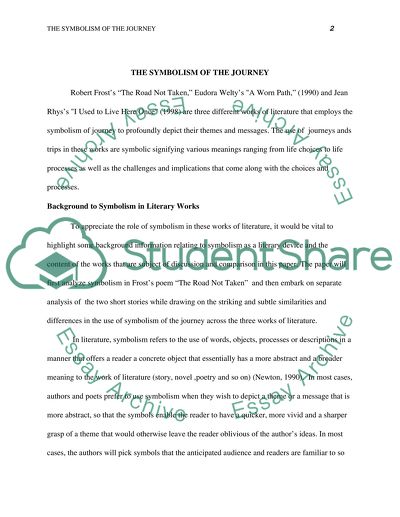Cite this document
(“The symbolism of the journey in the following literature works: Essay”, n.d.)
Retrieved from https://studentshare.org/environmental-studies/1418848-the-symbolism-of-the-journey-in-the-following
Retrieved from https://studentshare.org/environmental-studies/1418848-the-symbolism-of-the-journey-in-the-following
(The Symbolism of the Journey in the Following Literature Works: Essay)
https://studentshare.org/environmental-studies/1418848-the-symbolism-of-the-journey-in-the-following.
https://studentshare.org/environmental-studies/1418848-the-symbolism-of-the-journey-in-the-following.
“The Symbolism of the Journey in the Following Literature Works: Essay”, n.d. https://studentshare.org/environmental-studies/1418848-the-symbolism-of-the-journey-in-the-following.


